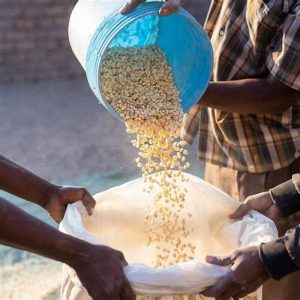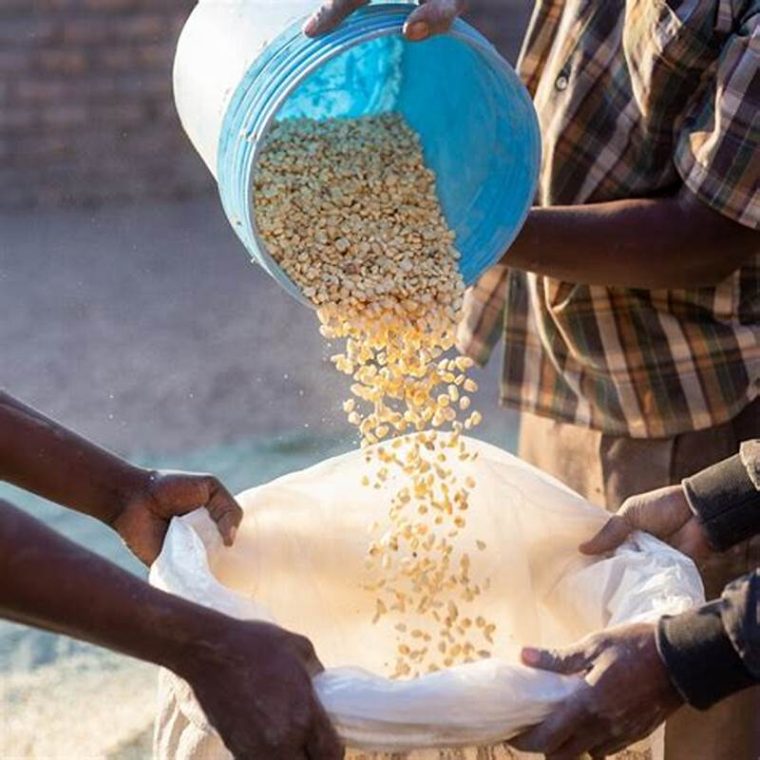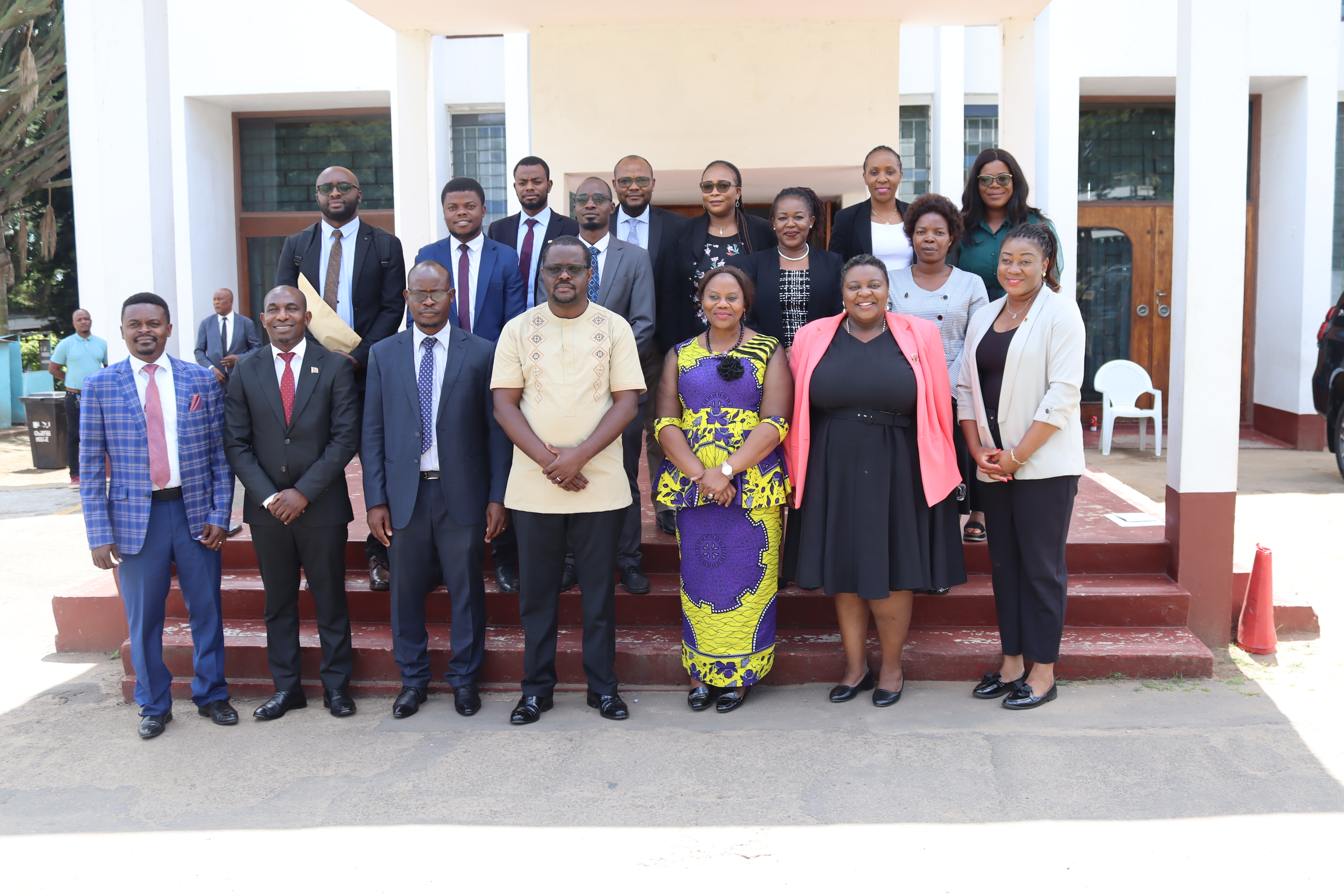Malawi’s inflation rate escalated to 30.7 percent in February, rising from 28.5 percent recorded in January, according to the latest data from the National Statistical Office (NSO).
The surge in inflation, driven by steep increases in both food and non-food prices, has raised concerns about the country’s cost of living and economic stability.
Food inflation, according to the NSO data jumped to 38.5 percent in February, compared to 36 percent in January, primarily due to rising maize prices, which recorded a staggering 32 percent increase.

Maize, a staple food for most Malawians, has faced significant supply shortages following a poor 2024 harvest. This has forced the country to depend on imports, which are becoming increasingly expensive due to a depreciating Kwacha and ongoing foreign currency shortages.
On the other hand, non-food inflation also climbed to 18.5 percent, up from 16.9 percent the previous month. Among the contributing factors was a 16 percent hike in electricity tariffs as part of the phased adjustment plan by the Electricity Supply Corporation of Malawi (Escom).
Authorities have since acknowledged the challenges posed by the rising inflation.
Minister of Finance and Economic Affairs, Simplex Chithyola-Banda, expressed optimism that inflationary pressures would ease in the medium term.
In the 2025/26 National Budget, the government projected an annual average inflation rate of 24percent for the year, citing measures to stabilize commodity prices and improve agricultural output as key strategies.
Economic experts, however, have urged the government to act swiftly to address the underlying causes of inflation.
They emphasize the need for policies that enhance food security, stabilize the currency, and reduce reliance on imports. As Malawi navigates these economic challenges, the focus remains on finding sustainable solutions to protect vulnerable households and foster economic resilience.





